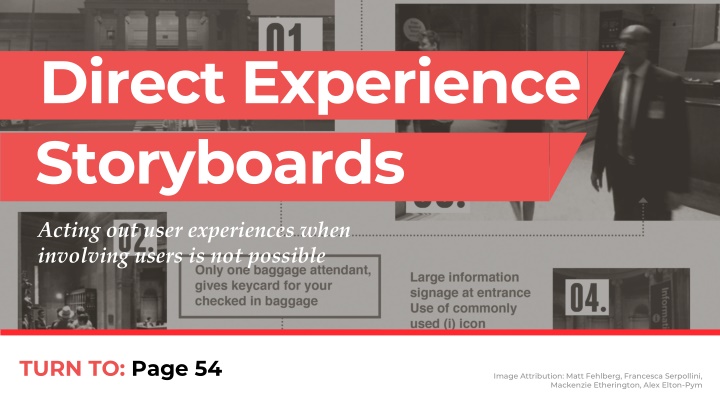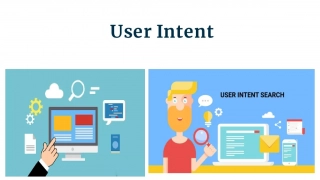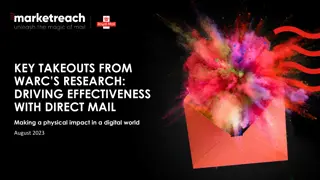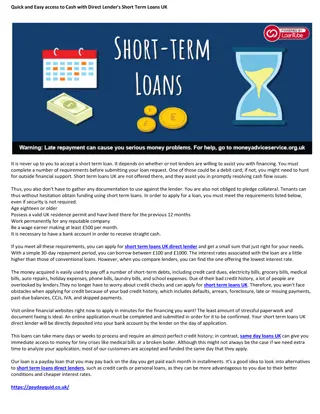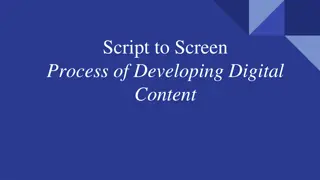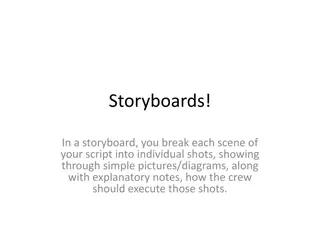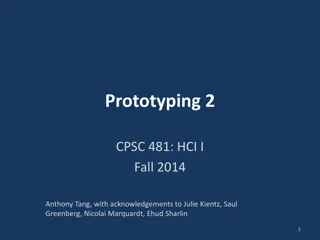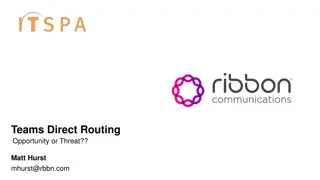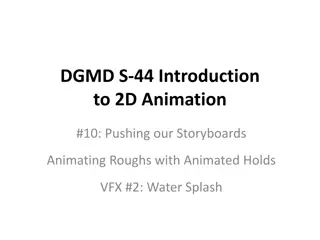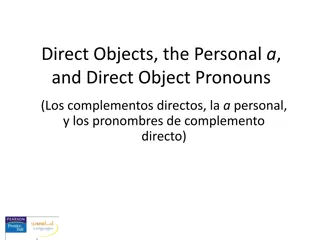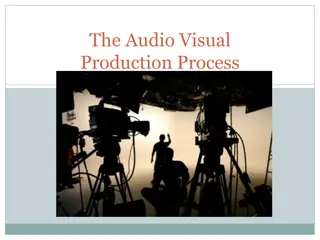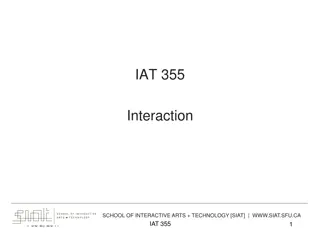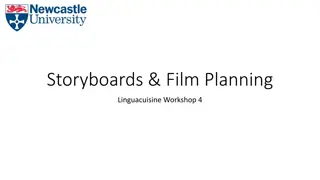Direct Experience Storyboards for User Engagement
Visual guide for simulating user experiences when direct user involvement is not feasible. Utilize photo-narrative storyboards to capture firsthand activity interactions. Ideal for understanding user perspectives and enhancing design solutions.
Download Presentation

Please find below an Image/Link to download the presentation.
The content on the website is provided AS IS for your information and personal use only. It may not be sold, licensed, or shared on other websites without obtaining consent from the author.If you encounter any issues during the download, it is possible that the publisher has removed the file from their server.
You are allowed to download the files provided on this website for personal or commercial use, subject to the condition that they are used lawfully. All files are the property of their respective owners.
The content on the website is provided AS IS for your information and personal use only. It may not be sold, licensed, or shared on other websites without obtaining consent from the author.
E N D
Presentation Transcript
Direct Experience Storyboards Acting out user experiences when involving users is not possible TURN TO: Page 54 Image Attribution: Matt Fehlberg, Francesca Serpollini, Mackenzie Etherington, Alex Elton-Pym
Direct Experience Storyboards Example: Image Attribution: Lorum ipsum dolor
Direct Experience Storyboards PAGE 54 YOU WILL NEED 3 4 people, smartphone, pen, paper, sticky tape, acetate paper (optional) In this exercise, you will visit a location and re-enact a typical user activity. You will generate a photo- narrative storyboard that captures your direct experience of this activity. Focus on your own design problem, or follow the Museum Visitor Experience brief (p.142). 1 2 3 4 5 [1 hour] [10 mins] [10-20 mins] [10 mins] [10 mins] Lorum ipsum dolor sit amet Image Attribution: Matt Fehlberg, Francesca Serpollini, Mackenzie Etherington, Alex Elton-Pym
Direct Experience Storyboards PAGE 54 YOU WILL NEED 3 4 people, smartphone, pen, paper, sticky tape, acetate paper (optional) In this exercise, you will visit a location and re-enact a typical user activity. You will generate a photo- narrative storyboard that captures your direct experience of this activity. Focus on your own design problem, or follow the Museum Visitor Experience brief (p.142). 1 2 3 4 5 [1 hour] [10 mins] [10-20 mins] [10 mins] [10 mins] Lorum ipsum dolor sit amet Image Attribution: Matt Fehlberg, Francesca Serpollini, Mackenzie Etherington, Alex Elton-Pym
Direct Experience Storyboards PAGE 54 YOU WILL NEED 3 4 people, smartphone, pen, paper, sticky tape, acetate paper (optional) In this exercise, you will visit a location and re-enact a typical user activity. You will generate a photo- narrative storyboard that captures your direct experience of this activity. Focus on your own design problem, or follow the Museum Visitor Experience brief (p.142). 1 2 3 4 5 [1 hour] [10 mins] [10-20 mins] [10 mins] [10 mins] Lorum ipsum dolor sit amet Image Attribution: Matt Fehlberg, Francesca Serpollini, Mackenzie Etherington, Alex Elton-Pym
Direct Experience Storyboards PAGE 54 YOU WILL NEED 3 4 people, smartphone, pen, paper, sticky tape, acetate paper (optional) In this exercise, you will visit a location and re-enact a typical user activity. You will generate a photo- narrative storyboard that captures your direct experience of this activity. Focus on your own design problem, or follow the Museum Visitor Experience brief (p.142). 1 2 3 4 5 [1 hour] [10 mins] [10-20 mins] [10 mins] [10 mins] Lorum ipsum dolor sit amet Image Attribution: Matt Fehlberg, Francesca Serpollini, Mackenzie Etherington, Alex Elton-Pym
Direct Experience Storyboards PAGE 54 YOU WILL NEED 3 4 people, smartphone, pen, paper, sticky tape, acetate paper (optional) In this exercise, you will visit a location and re-enact a typical user activity. You will generate a photo- narrative storyboard that captures your direct experience of this activity. Focus on your own design problem, or follow the Museum Visitor Experience brief (p.142). 1 2 3 4 5 [1 hour] [10 mins] [10-20 mins] [10 mins] [10 mins] Lorum ipsum dolor sit amet Image Attribution: Matt Fehlberg, Francesca Serpollini, Mackenzie Etherington, Alex Elton-Pym
Share your work! Upload photos of your work: 1) Go to: add URL here 2) Enter the password: password 3) Upload a photo and caption of your work 4) Wait for moderation 5) View others ideas A note to facilitators: Use this slide to give instructions for post-exercise sharing activities. These could take the form of facilitator-guided discussions, mini-presentations, or digital sharing via existing platforms (e.g. padlet) - as described here. Delete this paragraph when ready.
Design. Think Make. Break. Repeat. This work is licensed under a Creative Commons Attribution- NonCommercial-ShareAlike 4.0 International License. Designed by the authors of Design. Think. Make. Break. Repeat. A Handbook of Methods (BIS Publishers). www.designthinkmakebreakrepeat.com How to use these slides These companion slides for the published book Design Think Make Break Repeat: A Handbook of Methods , support facilitation of the published exercises during workshops, tutorials or other guided design sessions. Slide 1: Title. Introduce the method, using the description from the book. Slide 2: Examples. Use this slide to add your own images/examples of the method in use, or extra information. Slide 3+: Steps. Use one slide for each step of the method, to track timing and progress. The tip boxes can be used to offer extra guidance for specific steps, where needed. Slide 4: Sharing. Results of the exercise are shared and discussed, in an appropriate format. Slide design by: Hamish Henderson, Madeleine Borthwick
